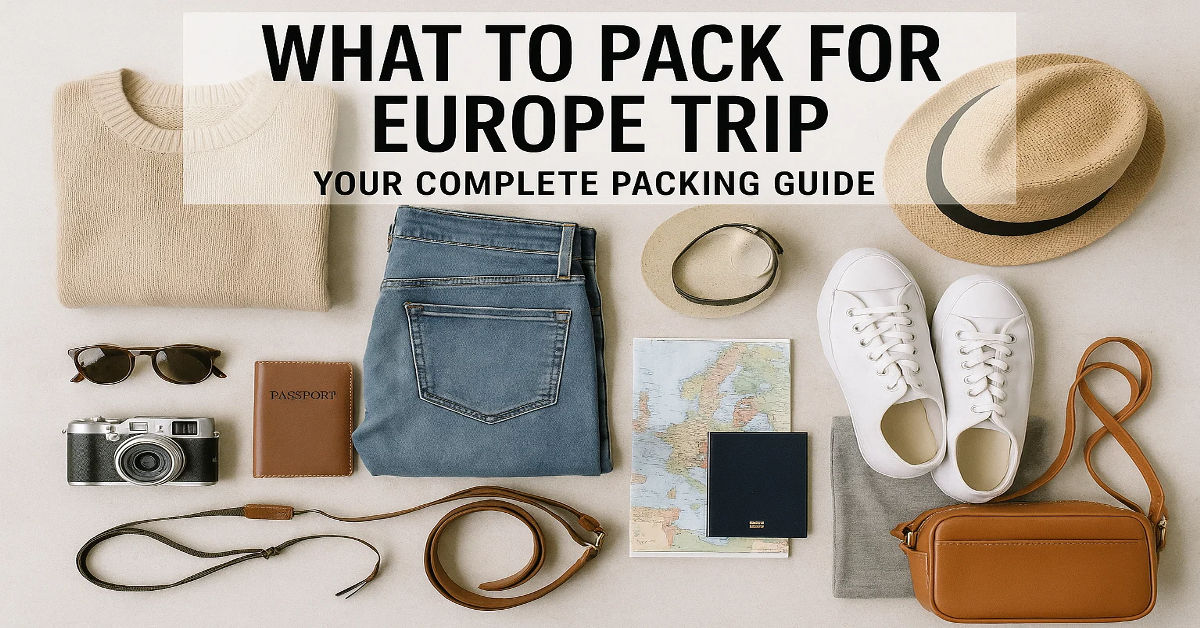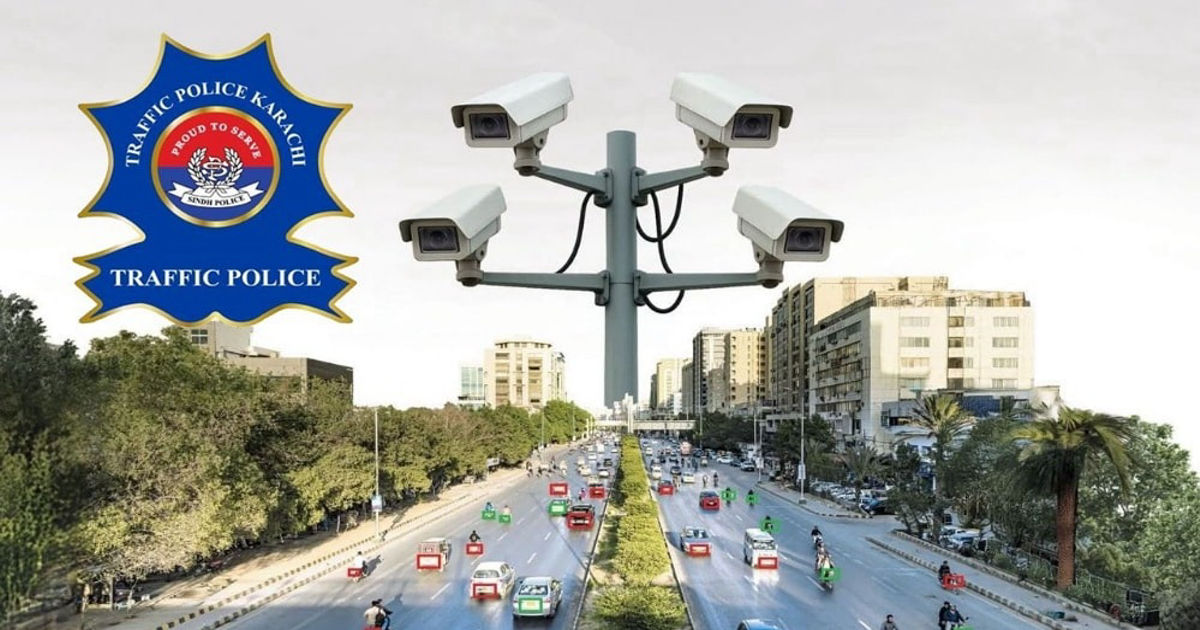
Planning your European adventure is exciting, but figuring out what to pack for Europe trip can feel overwhelming. With diverse climates, cultural norms, and travel logistics across different countries, smart packing becomes essential for a smooth journey. Whether you’re backpacking through hostels or enjoying luxury hotels, the right preparation will make your experience unforgettable.
Essential Clothing Items for European Weather
Europe’s weather varies dramatically by region and season. Pack lightweight, versatile layers that work in different climates. Bring a waterproof jacket for unexpected rain showers, comfortable walking shoes with good support, and breathable fabrics like cotton and merino wool.
Consider the time of year you’re traveling. Summer months require lighter clothing, while spring and fall demand warm layers. A light sweater or cardigan proves invaluable for cool evenings, even during summer. Pack one nice outfit for upscale restaurants or cultural events, as some venues maintain dress codes.
Must-Have Travel Documents and Copies
Your passport should have at least six months validity remaining. Create digital and physical copies of important documents including your passport, travel insurance, flight confirmations, and hotel reservations, as these are crucial when considering what to pack for Europe trip. Store copies separately from originals.
Download offline maps and translation apps before departure. Keep emergency contact information easily accessible. Consider getting an international student ID if you qualify, as it offers significant discounts at museums and attractions across Europe.
Smart Luggage Choices for European Travel
Knowing what to pack for trip starts with choosing the right luggage. A sturdy, lightweight suitcase with four wheels works best for city hopping. Pack cubes help organize belongings efficiently and make unpacking easier.
Bring a small daypack for daily excursions. European streets often feature cobblestones and stairs, so avoid hard-shell cases that create noise and difficulty maneuvering. A crossbody bag provides security for valuables while exploring busy tourist areas.
Electronics and Technology Essentials
Europe uses different electrical outlets, so pack a universal travel adapter. Bring portable chargers to keep devices powered during long sightseeing days. Most accommodations offer WiFi, but consider purchasing a European SIM card for constant connectivity.
Download entertainment for long train rides between cities. Noise-canceling headphones improve travel comfort significantly. Keep backup charging cables, as replacements can be expensive in tourist areas.
Money and Payment Solutions
European Union countries primarily use the Euro, but some nations maintain their own currencies. As you think about what to pack for Europe trip, be sure to notify banks about travel plans to avoid card blocks. Carry some cash for small purchases, tips, and vendors that don’t accept cards.
Consider getting a travel-friendly credit card with no foreign transaction fees. Keep money in multiple locations for security. ATMs are widely available, but fees can accumulate quickly with frequent withdrawals.
Personal Care and Health Items
When determining what to pack, remember that personal care products take up valuable space. Bring travel-sized toiletries and consider purchasing basics like shampoo upon arrival. Pack any prescription medications with extra supplies in case of delays.
European pharmacies stock most over-the-counter medications, though brand names differ. Sunscreen remains important even in northern countries, as reflection from water and snow intensifies UV exposure. A basic first-aid kit handles minor cuts and headaches.
Cultural Considerations and Etiquette
European dress tends to be more formal than typical American casual wear. Dark colors and fitted clothing help you blend in with locals. Avoid wearing athletic wear outside of gyms or sports activities.
Research local customs before visiting religious sites. Many churches require covered shoulders and modest attire. Some countries have specific cultural practices around tipping, greeting, and dining etiquette that enhance your travel experience.
Regional Packing Variations
Scandinavian countries require warm clothing even in summer months. Mediterranean destinations need sun protection and light fabrics. Eastern European nations often have more conservative dress expectations.
Mountain regions demand sturdy hiking boots and weather-resistant gear. Coastal areas benefit from quick-dry clothing and swimwear. City destinations focus on comfortable walking shoes and versatile layers for indoor and outdoor activities.
Conclusion
Focus on quality items that serve multiple purposes, respect local customs, and prepare for various weather conditions. Successfully planning what to pack for Europe trip requires balancing practicality with versatility. Smart packing enhances your European adventure by reducing stress and increasing comfort.
Remember that European stores stock most forgotten essentials, so don’t overpack. Leave room for souvenirs and enjoy the freedom that comes with traveling light. Your thoughtful preparation will pay dividends as you create lasting memories across this incredible continent.
Frequently Asked Questions
How many outfits should I pack for a 2-week Europe trip?
Pack 7-10 versatile outfits that can be mixed, matched, and layered. Plan to do laundry once during your trip. Choose wrinkle-resistant fabrics and pieces that work for multiple occasions.
Should I pack formal clothes for Europe?
Yes, bring one nice outfit for upscale restaurants, theaters, or religious sites. Many European venues maintain dress codes, especially in the evening. A simple dress or slacks with a nice shirt works well.
What type of shoes are best for European travel?
Comfortable walking shoes with good arch support are essential. Pack one pair of dress shoes for nice occasions. Avoid new shoes that might cause blisters. European cities involve lots of walking on varied surfaces.
How much cash should I bring to Europe?
Carry 100-200 Euros in small bills for immediate expenses upon arrival. Most transactions use cards, but cash helps with tips, street vendors, and small establishments. Always keep some emergency cash separate from your main supply.
Do I need a VPN for internet access in Europe?
A VPN isn’t required for basic internet access, but it helps access geo-restricted content from home. European WiFi is generally secure, though public networks benefit from VPN protection for sensitive activities.















